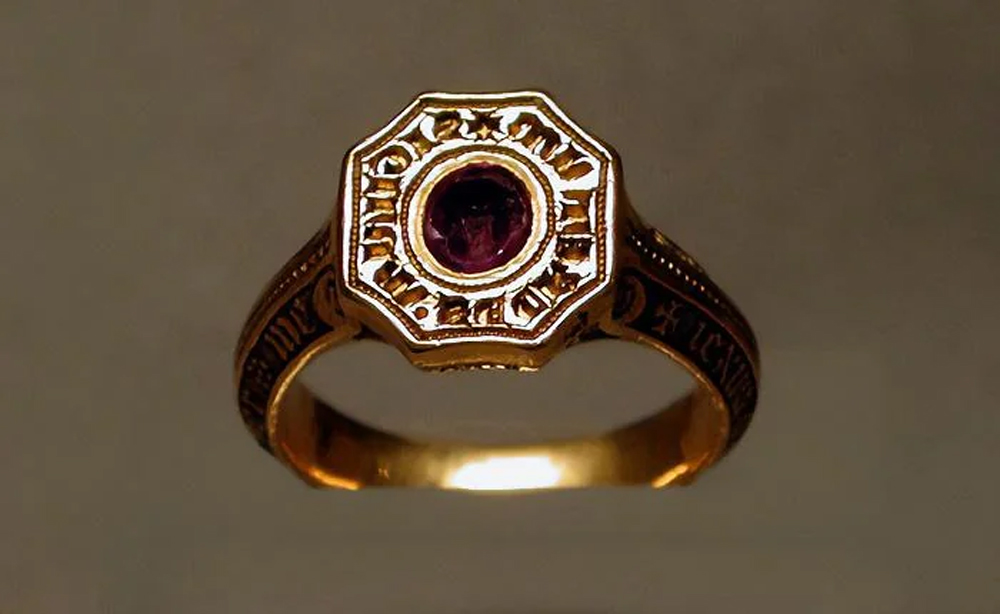By Amy Brenan, director of Heirlooms Jewellers, 21 South Street, Wareham
The signet ring dates back to Ancient Egyptian times when the Pharaohs used to dip them, engraved with a specific hieroglyph, in hot wax to seal important documents, and were a sign of hierarchy.
Traditionally, this type of ring was worn on the ‘pinky’ finger of the opposite hand to the one that is dominant – so if a person was right-handed, it would be worn on the little finger of the left hand.
Nowadays, however, it is worn however the wearer chooses.
Signet rings that have been engraved with a family crest or motif can be passed down through generations.
It was King Edward II who introduced this style of ring to England in the 1300s and insisted that all royal documents be sealed with his ring.
Interestingly, because this was a such a personal mark of authority, the ring used to be destroyed after the death of the wearer to prevent fraud.
In the 19th century, gemstones began to be added, and the gold and ruby signet ring worn by Edward, the Black Prince, is actually on display in the Louvre Museum in Paris.
King Charles III famously wears a signet ring on his little finger which bears the inscription of the Prince of Wales feathers motif.
This particular ring was worn by King Edward VIII when he was also Prince of Wales.
Modern signet rings continue to be popular, especially as those made from plain metals can be engraved and personalised, meaning they make a fantastic gift.
Although we tend to associate signet rings with being worn by men, there are many designs suitable for women, again engraved or set with a gemstone, that are traditionally given on an 18th or 21st birthday.









Leave a Reply